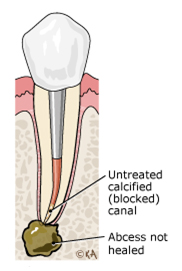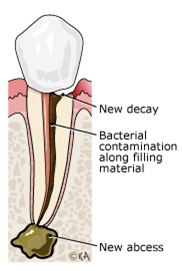unblocked games
unblocked games
unblocked games
Endodontic Retreatment: A second chance to save your tooth
With proper care, most teeth that have had endodontic (root canal) treatment can last as long as other natural teeth.
In some cases, however, a tooth that has received endodontic treatment fails to heal or the pain continues. Occasionally, the tooth becomes painful or diseased months or even years after successful treatment.
If your tooth has failed to heal or has developed new problems, you have a second chance. Another endodontic procedure may be able to save your tooth.
rolex copies
Why do I need another endodontic procedure?
|
As occasionally happens with any dental or medical procedure, a tooth may not heal as expected after initial treatment for a variety of reasons:
- Narrow or curved canals were not treated during the initial procedure.
- Complicated canal anatomy went undetected in the first procedure.
- The crown or other restoration was not placed soon enough after the procedure.
- The restoration did not prevent saliva from contaminating the inside of the tooth.
|
In other cases, a new problem can jeopardize a tooth that was successfully treated. For example:
- New decay can expose the root canal filling material to bacteria, causing a new infection in the tooth.
- A loose, cracked or broken crown or filling can expose the tooth to new infection.
|
Once retreatment has been selected as a solution to your problem, the doctors will reopen your tooth to gain access to the root canal filling material. This restorative material will be removed to enable access to the root canal. The doctors will now clean your canals and carefully examine the inside of the problematic tooth. Once cleaned, the doctors will fill and seal the canals and place a temporary filling in the tooth. At this point, you will need to return to your dentist as soon as possible in order to have a new crown or restoration placed on the tooth to restore full functionality.